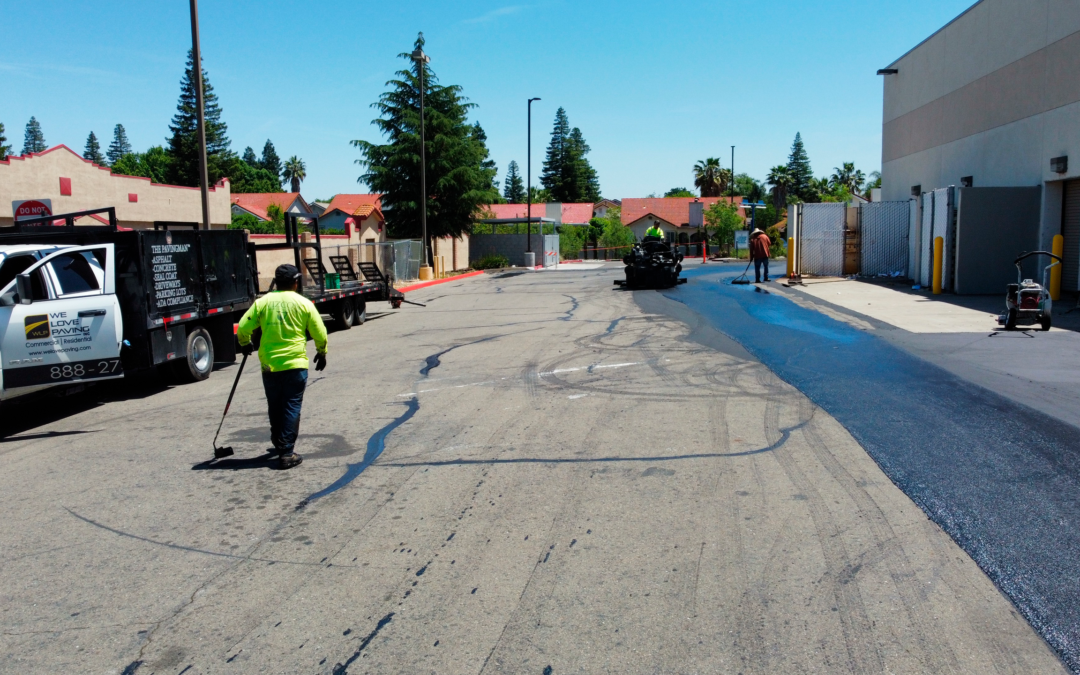When it comes to constructing or renovating your driveway, getting the depth of asphalt paving and striping just right is crucial for longevity, durability, and compliance with local regulations. In this comprehensive guide, we’ll delve into the factors to consider when determining the optimal depths for your driveway in Sacramento, California.
Asphalt Paving Depth
Local Regulations and Standards
Before embarking on your driveway project, it’s essential to familiarize yourself with any regulations or standards set by local municipalities or homeowner associations. These guidelines often specify minimum requirements for asphalt depth to ensure structural integrity and safety.
Climate Considerations
Sacramento’s climate is characterized by hot, dry summers and mild, wet winters. While extreme temperature fluctuations are less common compared to colder regions, exposure to sunlight and occasional rain can impact asphalt durability. A paving depth of 2 to 3 inches is generally recommended to withstand these conditions effectively.
Soil Stability
The stability of the soil upon which your driveway sits is a crucial factor in determining asphalt depth. Proper preparation of the subgrade through compaction and grading is necessary to provide a solid foundation for the asphalt layer. In instances where the soil is particularly soft or prone to shifting, additional measures such as reinforcing fabric or sub-base stabilization may be required.
Traffic Load
Consider the types and frequency of vehicles that will use your driveway. For residential driveways accommodating standard passenger cars and light trucks, a paving depth of 2 to 3 inches is suitable. However, driveways experiencing heavier traffic or occasional use by heavy vehicles like RVs or delivery trucks may benefit from a thicker asphalt layer for increased durability.
Paving Striping Depth
Regulatory Requirements
Paving striping, including parking lines and markings, must adhere to local regulations and standards. These guidelines often dictate the dimensions, colors, and placement of markings for safety and compliance purposes.
Visibility and Durability
The depth of paving striping depends on factors such as visibility and durability. In high-traffic areas or where frequent re-striping is impractical, thermoplastic or epoxy-based striping materials may be preferred for their longevity and visibility.
Surface Preparation
Proper surface preparation is crucial for durable striping. The pavement surface must be clean, dry, and free of debris or contaminants to ensure proper adhesion of the striping materials.
Maintenance Considerations
Regular maintenance, including cleaning and re-striping as needed, is essential to preserve the visibility and functionality of pavement markings. Areas with heavy traffic or harsh environmental conditions may require more frequent maintenance to ensure safety and compliance.
In conclusion
Achieving the optimal depths for asphalt paving and striping is essential for the longevity, durability, and safety of your residential driveway in Sacramento, California. By understanding the factors at play and consulting with experts, you can ensure a well-constructed driveway that meets both your functional and regulatory requirements.

